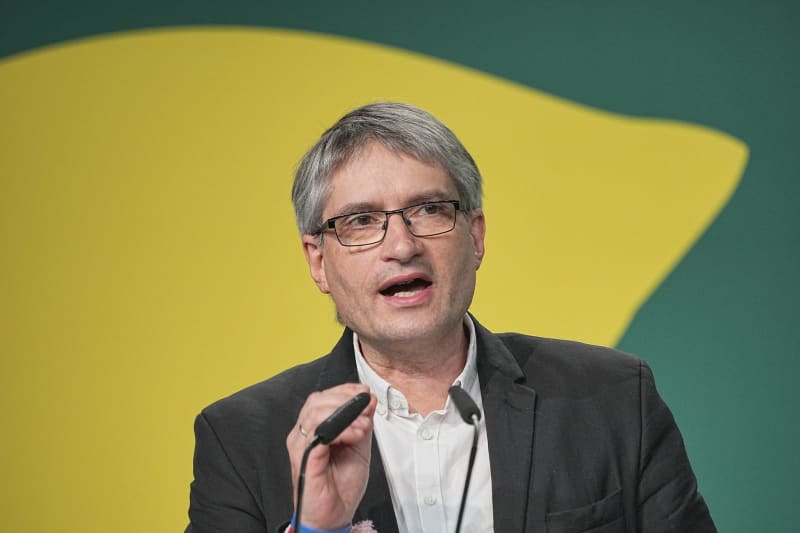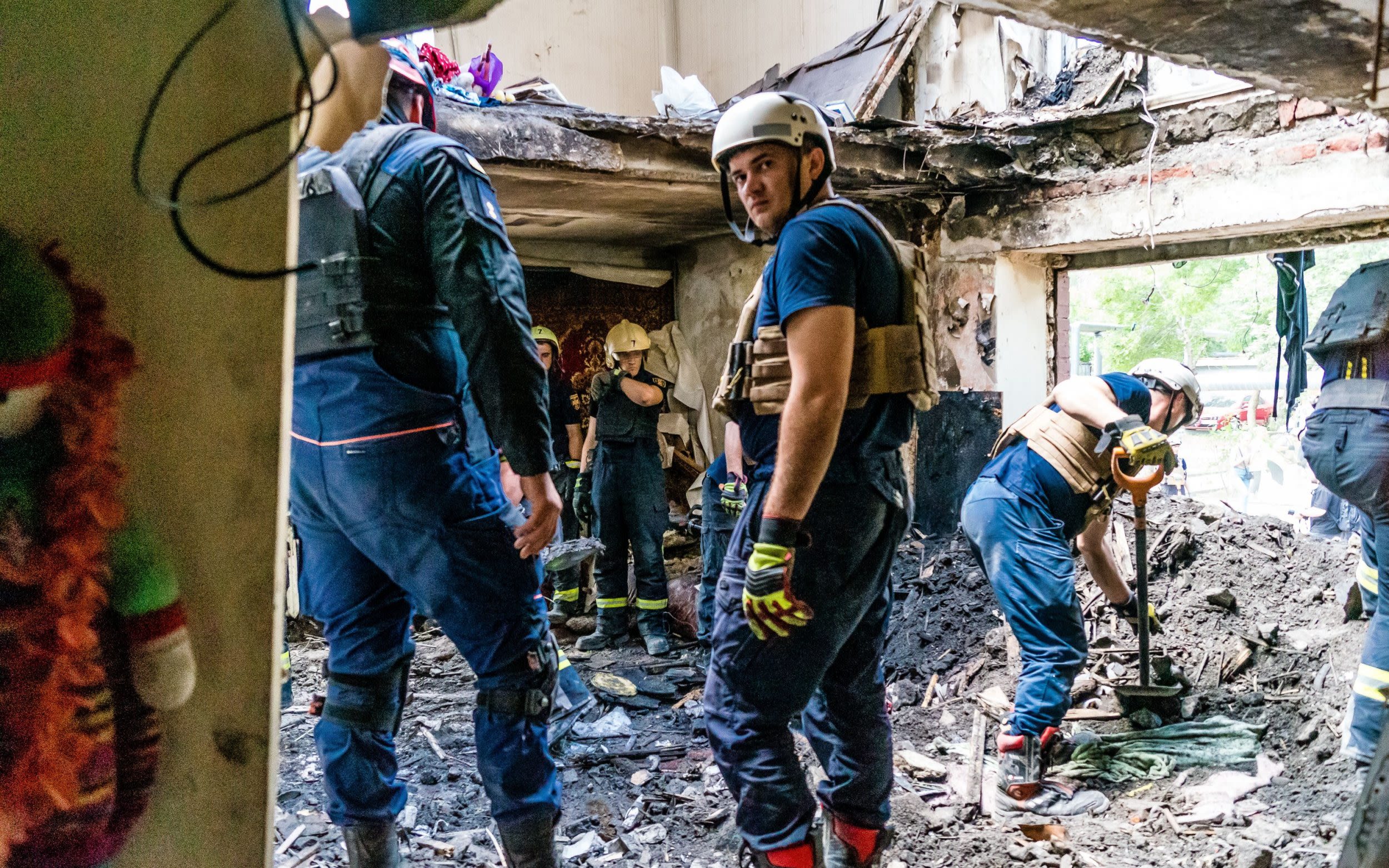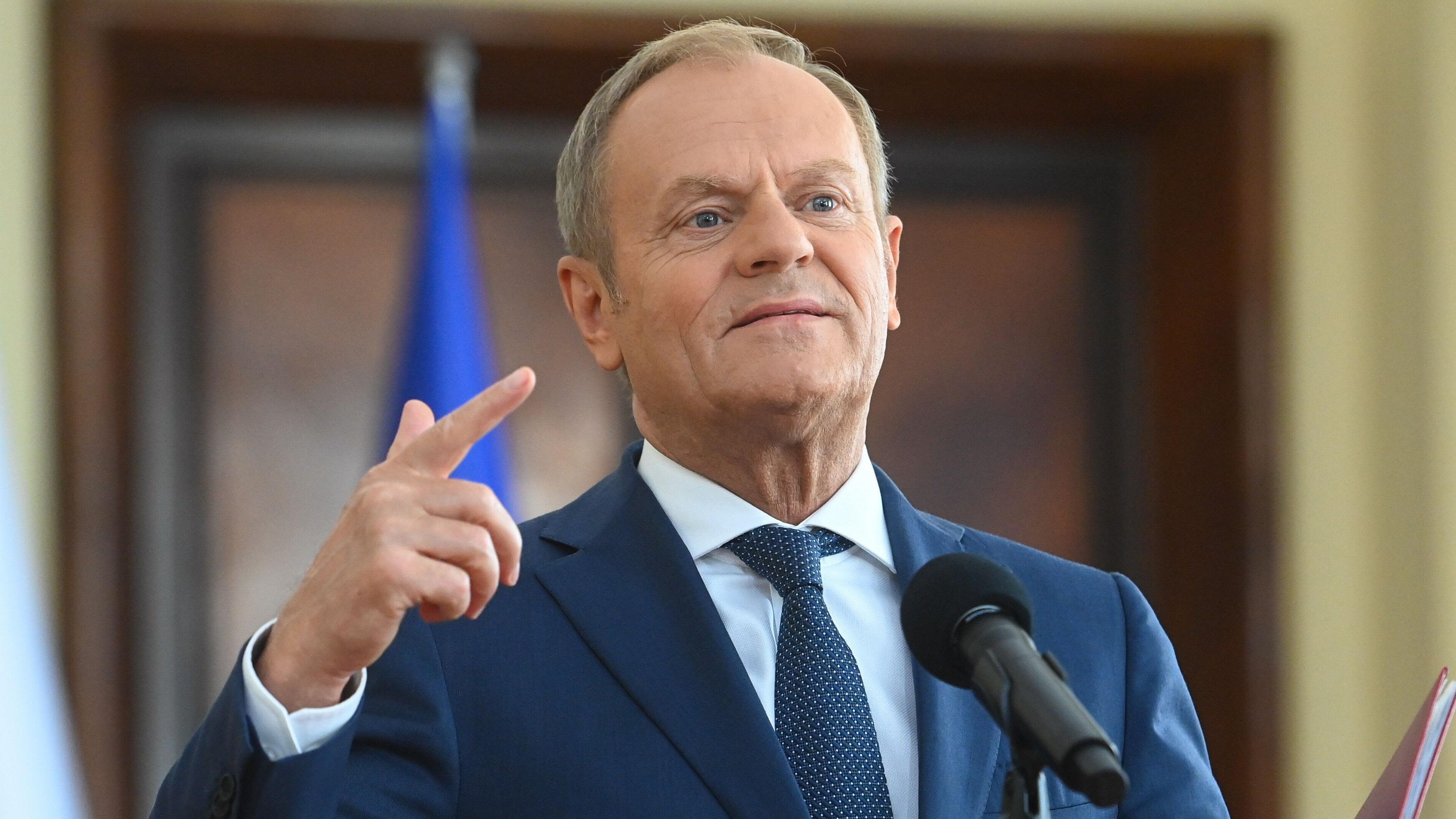Search results
poster.4teachers.org
- Central and Eastern Europe is a geopolitical term encompassing the countries in Northeast Europe (primarily the Baltics), Central Europe, Eastern Europe, and Southeast Europe (primarily the Balkans), usually meaning former communist states from the Eastern Bloc and Warsaw Pact in Europe, as well as from former Yugoslavia.
en.wikipedia.org › wiki › Central_and_Eastern_Europe
People also ask
Which countries are considered part of Central Europe?
What is the difference between Eastern Europe and Central Europe?
Does Central Europe exist?
Is Eastern Europe considered Eastern Europe?
Central Europe is a geographical region of Europe between Eastern, Southern, Western and Northern Europe. [3] [4] Central Europe is known for its cultural diversity; [5] [6] however, countries in this region also share historical and cultural similarities.
Central and Eastern Europe. Central and Eastern Europe is a geopolitical term encompassing the countries in Northeast Europe (primarily the Baltics ), Central Europe, Eastern Europe, and Southeast Europe (primarily the Balkans ), usually meaning former communist states from the Eastern Bloc and Warsaw Pact in Europe, as well as from former ...
- Belarus
- Bulgaria
- Czech Republic
- Hungary
- Poland
- Moldova
- Romania
- Russia
- Slovakia
- Ukraine
Belarusis a former Soviet republic, which gained independence in 1991. It has a population of approximately 9.4 million people. After breaking away from the USSR, Belarus maintained close ties to Russia, unlike many other countries in Eastern Europe that have grown closer to the West. The Belarussian President, Alexandr Lukashenko, who has ruled th...
Bulgariahas a population of about 6.9 million people. The country was a member of the Warsaw Pact during the Cold War. In 1990, however, the country’s communist regime gave up power. Since the fall of communism, Bulgaria has transitioned to a capitalist, market economy. It has also moved away from Russian influence and into the West’s sphere of inf...
The landlocked Czech Republicis a country of approximately 10.7 million people. It was formally part of the country known as Czechoslovakia, which unified Czechs and Slovaks into one state. Czechoslovakia was part of the communist bloc of states during the Cold War. In 1989, however, mass protests in the country forced the communist regime from pow...
Hungaryis a landlocked country in Eastern Europe that contains about 9.6 million people. Like all the countries of Eastern Europe, it was part of the communist eastern bloc during the Cold War. As with other former eastern bloc countries, communism came to an end in Hungary in 1989. The country joined NATO in 1999, and the EU in 2004. Interestingly...
Polandis a country of approximately 37.8 million people. Its population has been steadily declining since communist rule came to an end in the country in 1989. It was a Polish Pope, John Paul II, who was widely seen as one of the catalysts for the end of communism in Poland. Like other former Soviet satellite states, Poland transitioned to a capita...
Moldovais home to about 4 million people. Before gaining independence in 1990, Moldova was one of the republics that made up the Soviet Union. The story of Moldova since independence has been one of hardship and the ongoing struggle between the West and Russia for influence in the country. A separatist conflict in the Trans-Dniester region of the c...
Romania is a country of roughly 19 million people. Like Poland, the country has seen its population decline since the fall of communism. Romania’s break with communism came following a violent uprising in 1989, which culminated in the execution death of the country’s communist leader, Nicolae Ceacescu. Since then, Romania has grown closer to the We...
TheRussian Federationis the largest and most populous country in Eastern Europe. Its population is approximately 144 million. Russia was the dominant force in what was the Soviet Union. In 1991, when the Soviet Union collapsed, Russia, like the other 14 republics of the USSR, becomes independent. The country struggled mightily with economic reform ...
Slovakia, a landlocked country of roughly 5.4 million people, was once one of the two halves that comprised Czechoslovakia. In 1993, following the so-called Velvet Divorce, Slovakia became independent. Its transition to a capitalist, market economy did not go as quickly or as smoothly as it did for the Czechs. Nevertheless, Slovakia did eventually ...
Ukrainewas the largest and second most populous republic of the Soviet Union. Today, it is an independent country consisting of approximately 43.5 million people. Like Poland and Romania, Ukraine has seen its population decline following the collapse of the Soviet empire. Now, the country is the frontline in the battle for influence between the Wes...
- Contents: Eastern Europe. Western Europe. Northern Europe. Southern Europe. Central Europe.
- Eastern Europe. Eastern Europe is the largest and most populous subregion in Europe, with approximately 292 million people, and a total land area of 18,052,768 sq.
- Western Europe. Western Europe consists of 9 countries, and has a total population of about 196 million. The subregion is home to two of Europe’s biggest political and economic powers, France and Germany.
- Northern Europe. Northern Europe consists of 10 countries. The subregion has a population of about 106 million, which makes it the least populous of the European subregions.
News about Germany, central European countries, gas tariff
News about NATO, Ukraine, Russia
Also in the news
Apr 18, 2021 · There are 9 countries that can be considered as being part of Central Europe. The Holy Roman Empire and Austro-Hungarian Empire both controlled large parts of Central Europe. Countries considered part of Central Europe are also considered to be part of Western Europe, Eastern Europe, or Southern Europe. Germany is the largest and most populous ...
Photo: Bodydock. Eastern Europe. Eastern Europe is, as the name says, the eastern part of Europe. According to the United Nations definition, countries within Eastern Europe are Belarus, Bulgaria, the Czech Republic, Hungary, Moldova, Poland, Romania, Slovakia, Ukraine and the western part of the Russian Federation (see: European Russia map ).
Despite being frequently classified as a Central Asian country, about 4% of Kazakhstan's territory, situated west of the Ural River, geographically lies in Eastern Europe, thus technically making it a transcontinental country.




